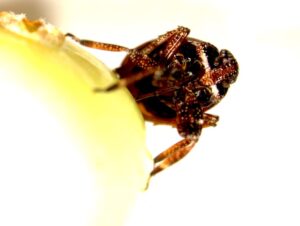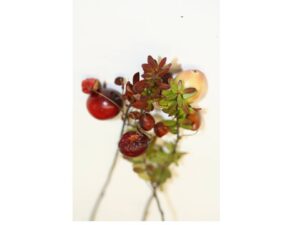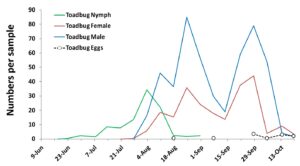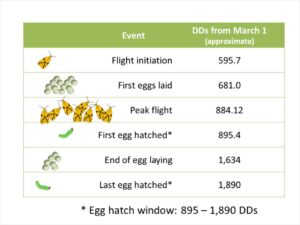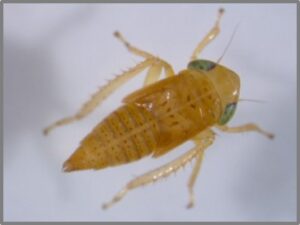You can now register for the annual SWD management webinar that will focus on the advances in behavior-based tactics. Please use the link below to register.
Advances in Behavior-Based Tactics for Management of Spotted-Wing Drosophila
Dec 8, 2022 12:00 PM in Eastern Time (US and Canada)
In this webinar, we will present findings of our research and highlight recent advancements in behavior-based strategies to control spotted-wing drosophila. This research is funded by USDA NIFA through the Specialty Crop Research Initiative (SCRI Award No. 2020-51181-32140)
Register at: https://zoom.us/webinar/register/WN_WSqvqIkESmWY0Lv_p40Oig
